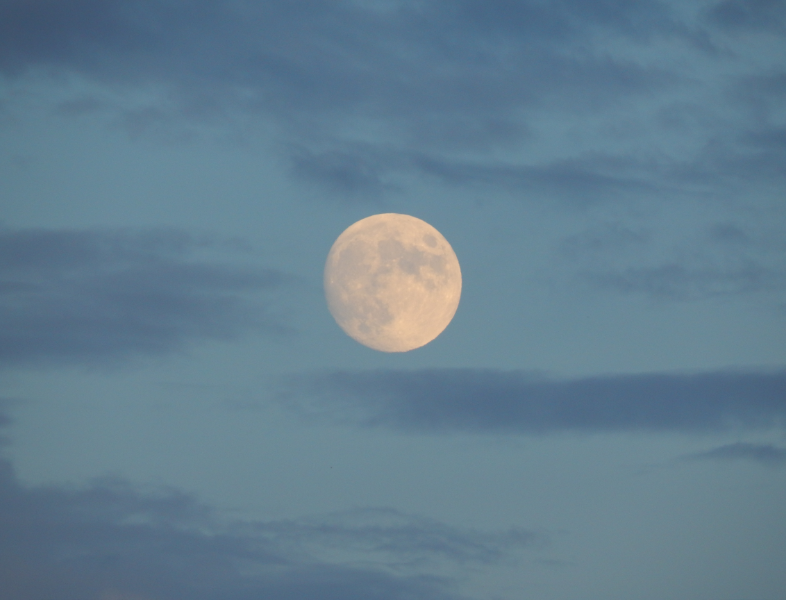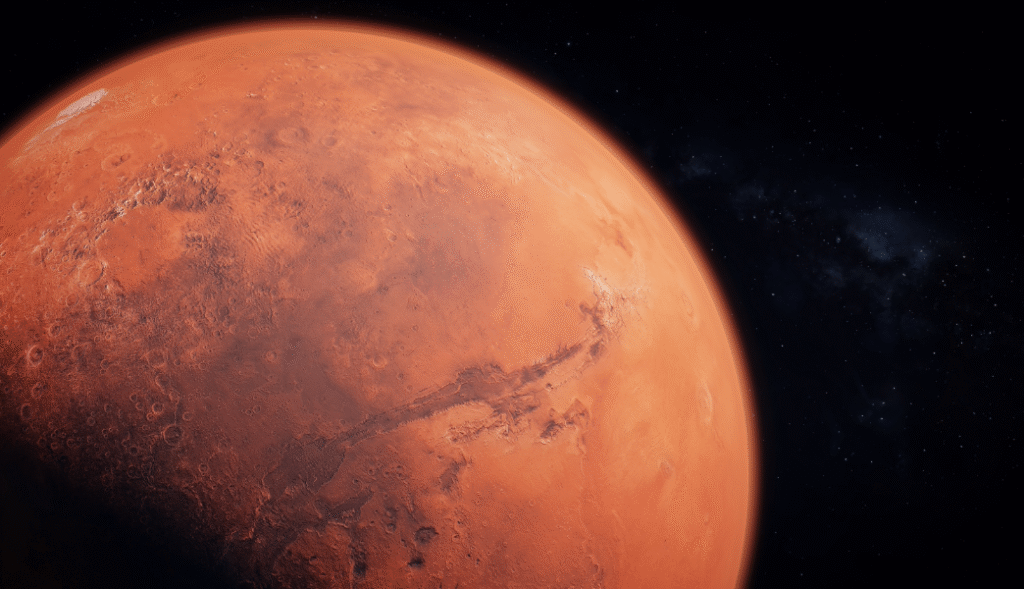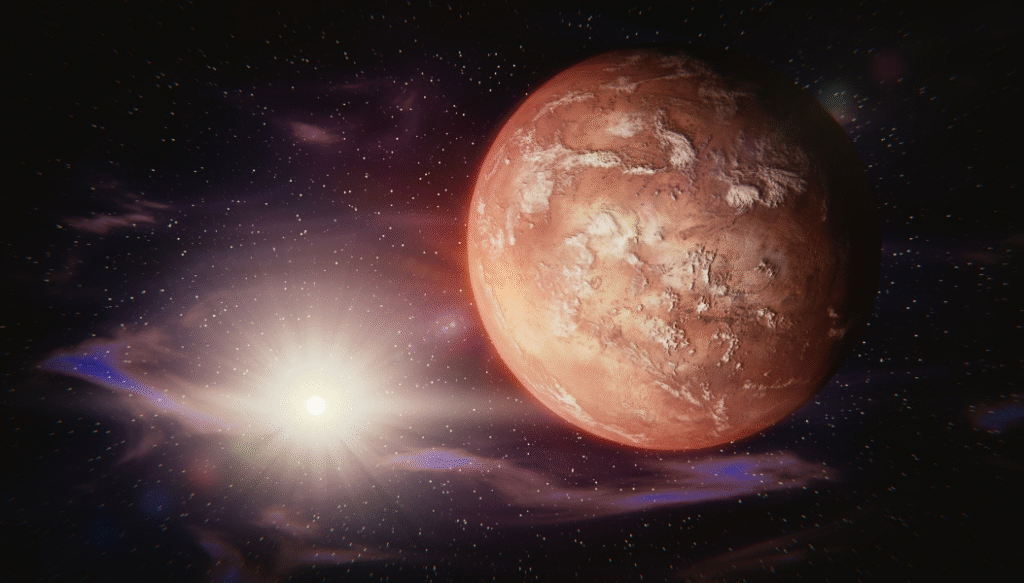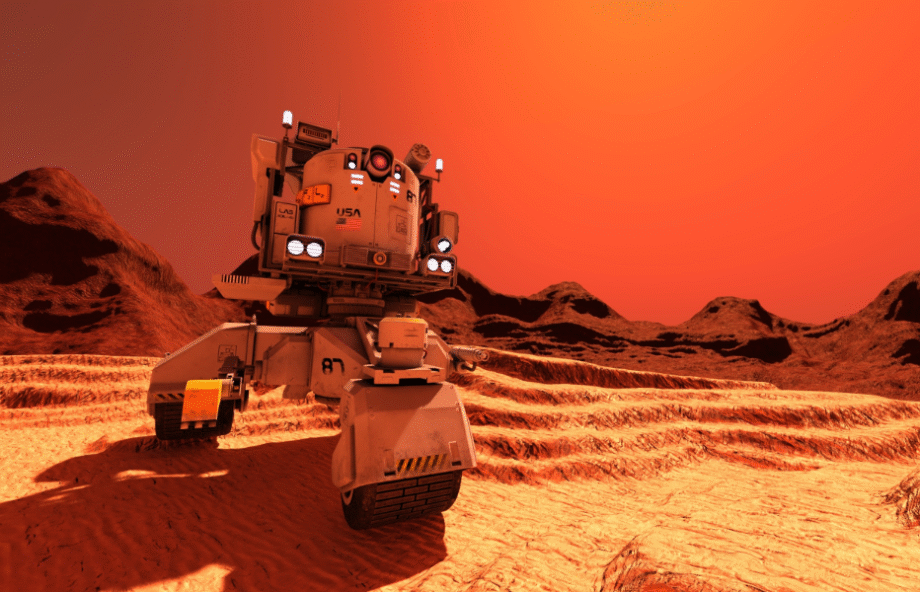As space agencies and private companies like NASA, ESA, and SpaceX ramp up plans for deep space missions, one question dominates the conversation: Should humans go to the Moon or Mars first? Both destinations offer exciting opportunities and pose enormous challenges. But choosing which one to prioritize could shape the future of human space exploration for decades.
With growing interest from countries like China, India, and the UAE, the race to explore beyond Earth is heating up. Public excitement is also fueling pressure on governments and private companies to take bold steps. So, which celestial body should we step on next—the familiar Moon or Mars red planet ?
This blog explores Moon or Mars sides of the debate by comparing the benefits, challenges, and strategic value of going to the Moon or Mars first.
Moon First: A Smart Stepping Stone

Many experts argue that the Moon should be humanity's first stop beyond Earth, and for several logical reasons:
- Closer proximity: At just about 384,400 km away, the Moon is significantly closer than Mars. This makes travel shorter, communication delays minimal, and mission risks easier to manage.
- Lower cost and complexity: Compared to Mars, lunar missions are more affordable. The infrastructure needed is simpler, and emergency evacuations are possible if needed.
- Testbed for technology: The Moon provides a realistic setting to test essential technologies—like life support systems, autonomous equipment, and radiation shielding—without venturing too far from Earth.
- Resource availability: Water ice discovered at the lunar poles could be used to create oxygen and rocket fuel. This opens the door for long-term lunar bases and future Mars missions.
- International collaboration: Ongoing programs like NASA’s Artemis, ESA’s Moon initiatives, and involvement from countries like Japan and South Korea are promoting global cooperation.
- Reusable infrastructure: Establishing systems like the Lunar Gateway, landers, and habitats may reduce costs for repeated missions.
The Moon acts like a training ground—a place where we can safely make mistakes, learn, and evolve our technology before heading deeper into space.
Mars First: A Bold Vision for Humanity

Others believe that Mars is the true next destination if we want to become a multi-planetary species. Here’s why:
- Search for life: Mars has the most Earth-like conditions in our solar system. Discovering signs of past or present life would be a groundbreaking scientific achievement.
- Atmosphere and climate: Although Mars has a thin atmosphere, it has seasons, sunsets, and even weather. Its conditions are more favorable for long-term settlement than the Moon’s extreme environment.
- Inspiring humanity: Mars captures the imagination like no other planet. It challenges us to dream big and could inspire a new generation of scientists, engineers, and explorers.
- Pushing technology forward: Going straight to Mars forces rapid innovation in long-duration travel, habitat design, and sustainable living—skills we’ll eventually need to master anyway.
- Greater scientific return: Mars offers a chance to study planetary evolution, geology, and climate history, all of which may help us better understand Earth.
- One giant leap: Skipping intermediate steps like a Moon base could accelerate progress, similar to how the Apollo program leapfrogged earlier plans.
In short, Mars represents ambition, possibility, and the ultimate test of human potential.
Comparing the Challenges

When weighing Moon or Mars, the challenges are just as important as the benefits.
1. Technical Challenges of Moon or Mars
- Moon: Easier to reach and return from, but its surface presents hazards like sharp lunar dust, extreme temperature swings, and long periods of darkness (up to 14 Earth days).
- Mars: Requires advanced propulsion, autonomous landing, long-duration life support, and protection from radiation during a journey that takes 6–9 months one way.
2. Financial Costs
- Moon: Lower mission budgets, potential for reusable landers and stations, and shorter missions mean costs are more manageable.
- Mars: Significantly more expensive due to distance, technology needs, and mission duration. However, long-term colonization might provide bigger returns over time.
3. Psychological Factors
- Moon: Astronauts can return quickly if needed. Communications with Earth are almost real-time, and isolation is less intense.
- Mars: Missions would last years, with up to 20-minute communication delays and complete self-sufficiency required. Mental health risks would need serious attention.
4. Environmental and Ethical Considerations
- Preserving ecosystems: Mars could potentially host microbial life. We must avoid contamination and be responsible in how we explore.
- Space debris and planetary impact: Both space missions raise concerns about creating debris or altering pristine environments permanently.
Strategic Importance of Moon or Mars
Learning Curve
The Moon serves as a stepping stone—giving us the chance to refine systems before attempting Mars. It allows a safer environment to experiment with in-space construction, fuel production, and living off Earth.
Geopolitical and Commercial Advantage
Countries that invest in lunar infrastructure may gain leverage in future Mars missions. Additionally, the Moon could support commercial activities like mining, tourism, and even solar power generation.
The Hybrid Approach: Why Not Both?
Many experts propose a balanced between Moon or Mars, phased approach:
- Phase 1: Start with the Moon. Establish a sustainable lunar presence with habitats, rovers, and technology testing.
- Phase 2: Move to Mars. Use the lessons learned on the Moon to prepare for longer, more difficult Mars missions with reduced risk and improved confidence.
This approach doesn’t pit the Moon or Mars against each other—it builds a bridge between them. It spreads risk, encourages international cooperation, and allows humanity to grow step by step.
Conclusion:
Whether we choose the Moon as a smart stepping stone or target Mars for a giant leap, both Moon or Mars paths bring humanity closer to becoming an interplanetary species. The decision isn’t just about rockets or destinations, it’s about vision, unity, and resilience.
In reality, we may not need to choose one over the other. Our journey into space will likely include Moon or Mars, unfolding over decades in waves of ambition and discovery. The Moon teaches us how to survive beyond Earth. Mars challenges us to build a future beyond imagination. As we stand at the edge of this new era, one thing is clear: the next chapter in human exploration will be written in the stars.









